|
Build complex toys and simple tools
by Tony Karp
| |||
|
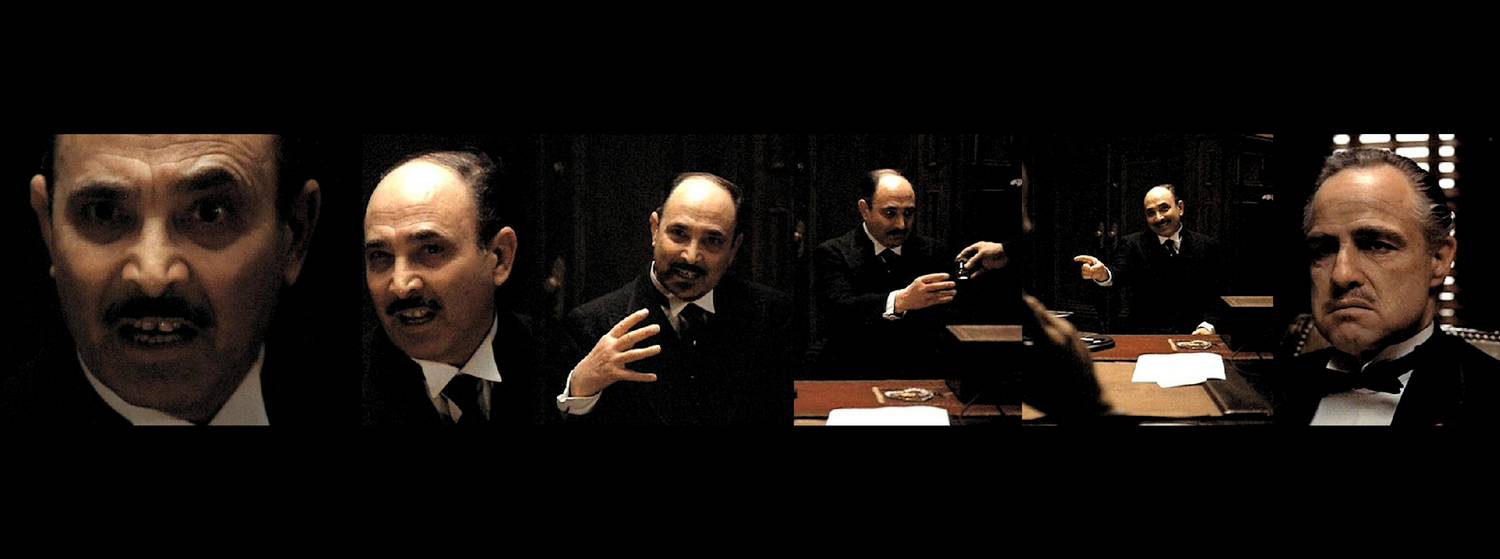 The opening scene of The Godfather is a zoom that lasts almost three minutes. Some feel that this is the most important scene in the most important movie.This was shot with a computer-controlled zoom lens built over fifty years ago. Despite the enormous technical advances since then, this scene could not be captured using the latest cinematography equipment available today. 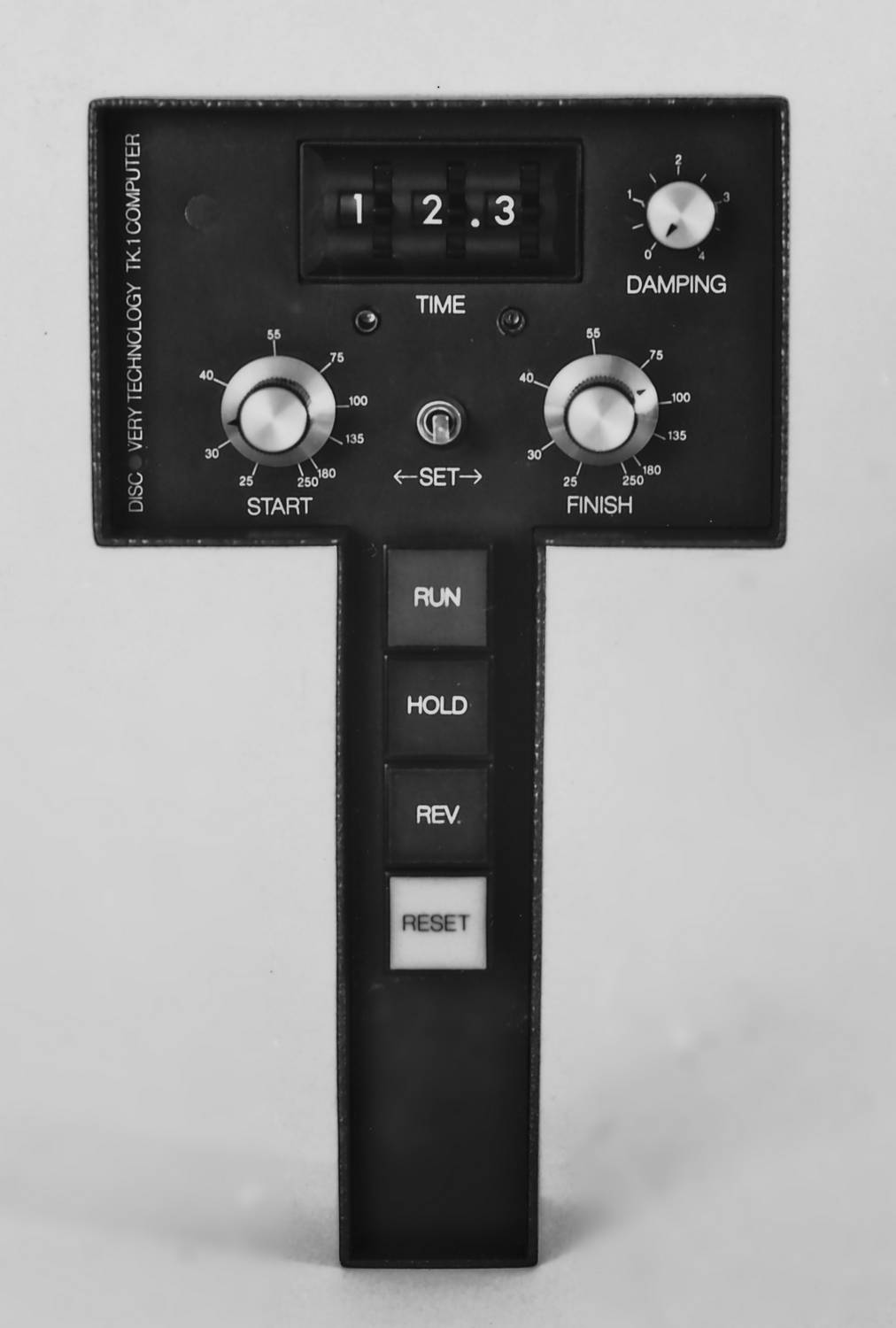 This is what a programmable zoom control from fifty years ago looks like. The T-shaped handle contains both the computer and its interface. Despite the complexity of its function, the interface is simple and easy to use. The director or cinematographer sets the START and FINISH framing of the zoom while looking through the camera lens. The length of time the zoom will take is set with the digital switches at the top. The DAMPING control sets an optional soft start and stop, so the zoom will blend in.The zoom move is triggered by pressing the RUN button. The HOLD button lets you pause the zoom if it is running too fast. The REV button lets you reverse the zoom. The RESET button lets you instantly reset the zoom for the next take. 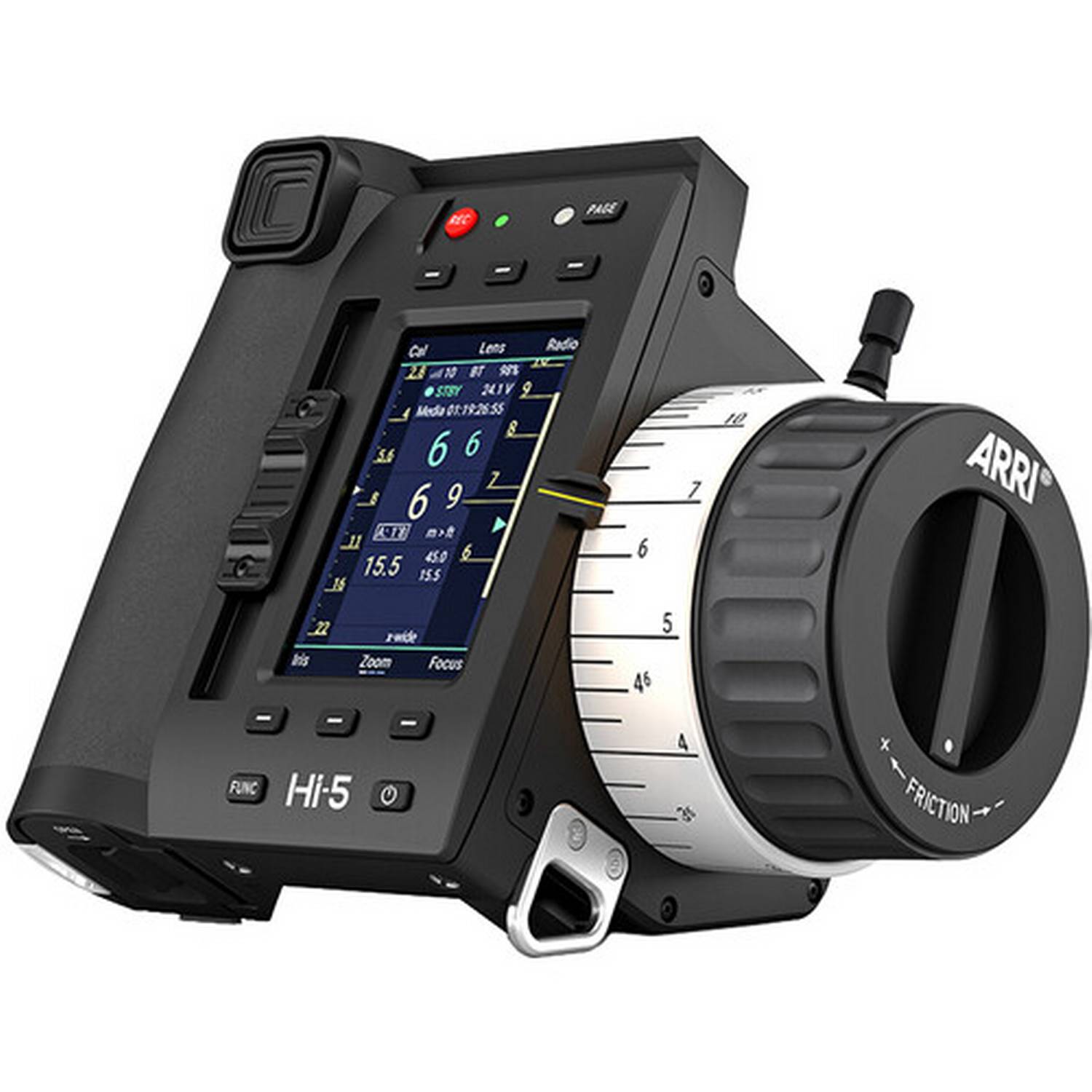 This is what lens controllers look like in the 21st century.
If you're using one of these all-in-one controllers, you will have trouble programming a zoom. 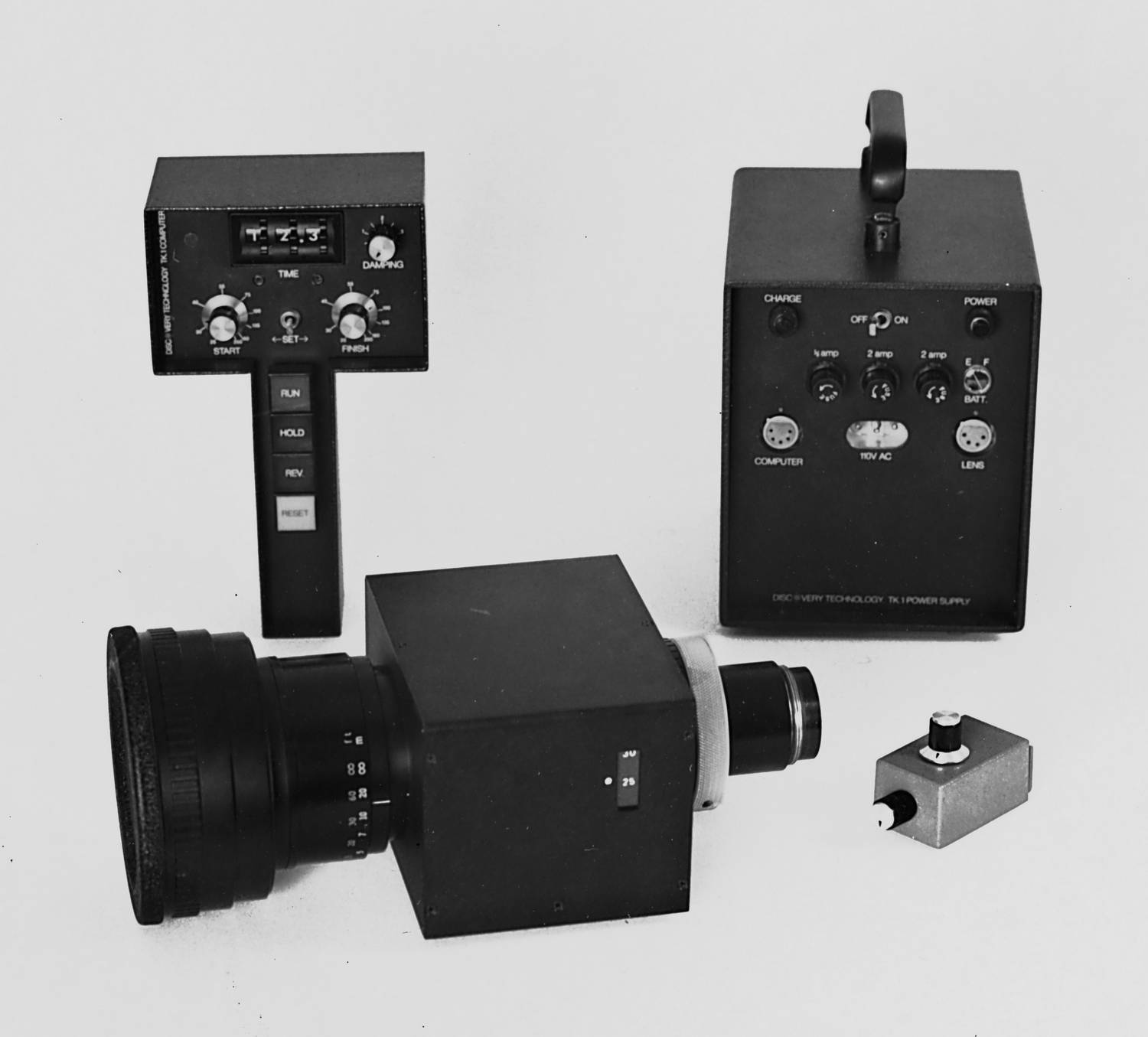 The entire set -- The T-shaped handle with the computer and its interface, the case with the batteries, charger, and motor control, and the Angenieux 25-250mm lens with the housing containing the motor and feedback sensors. The small box with two knobs is for running the zoom manually.This is the very first computer system designed for motion picture production. 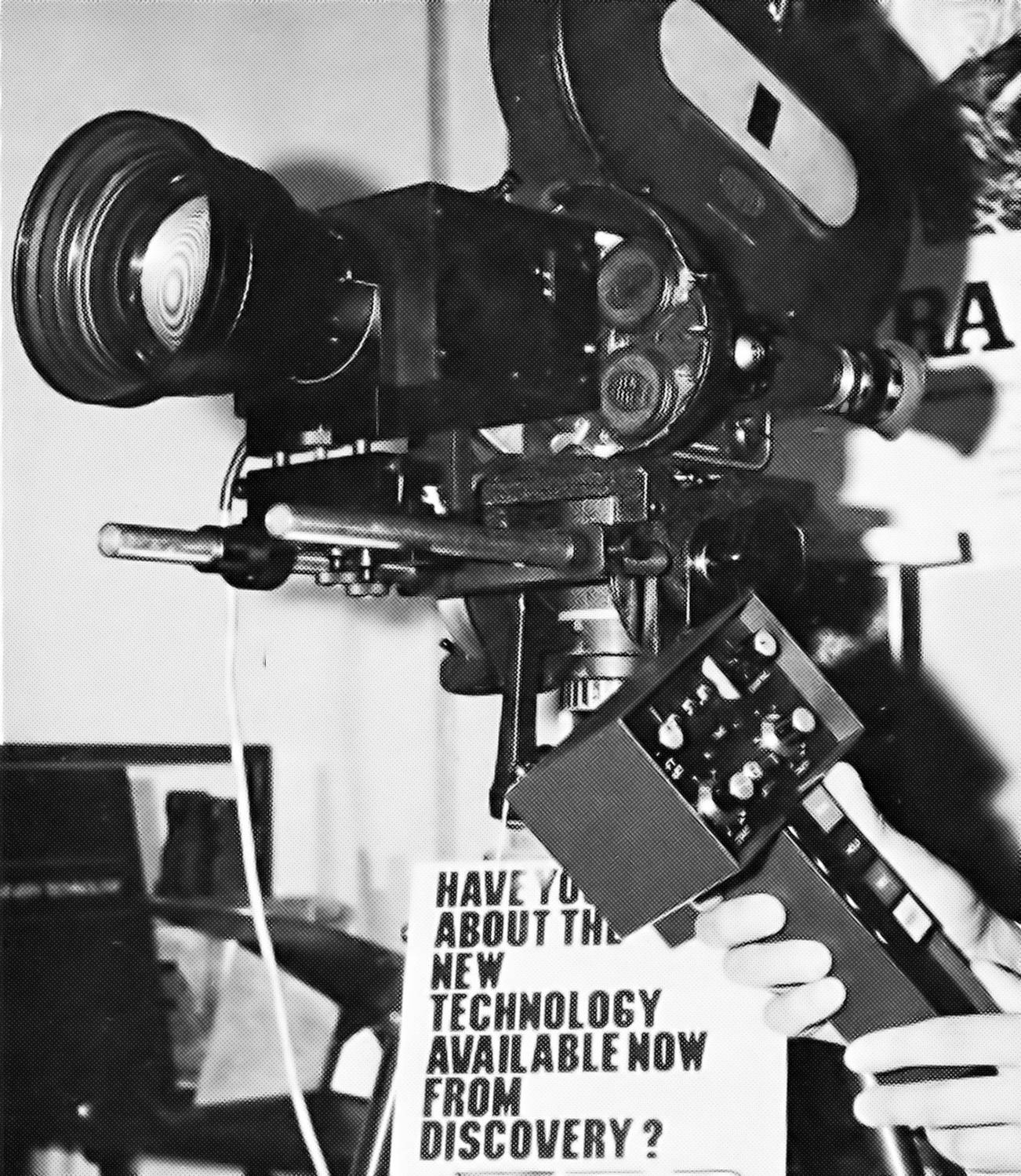 Here we are at the Film 71 show in London. The Angenieux zoom lens is mounted on a 35mm Arriflex. This was the sort of setup used to shoot The Godfather.There are only two cables going to the camera -- the power cable for the camera's motor, and the control cable for the zoom lens. 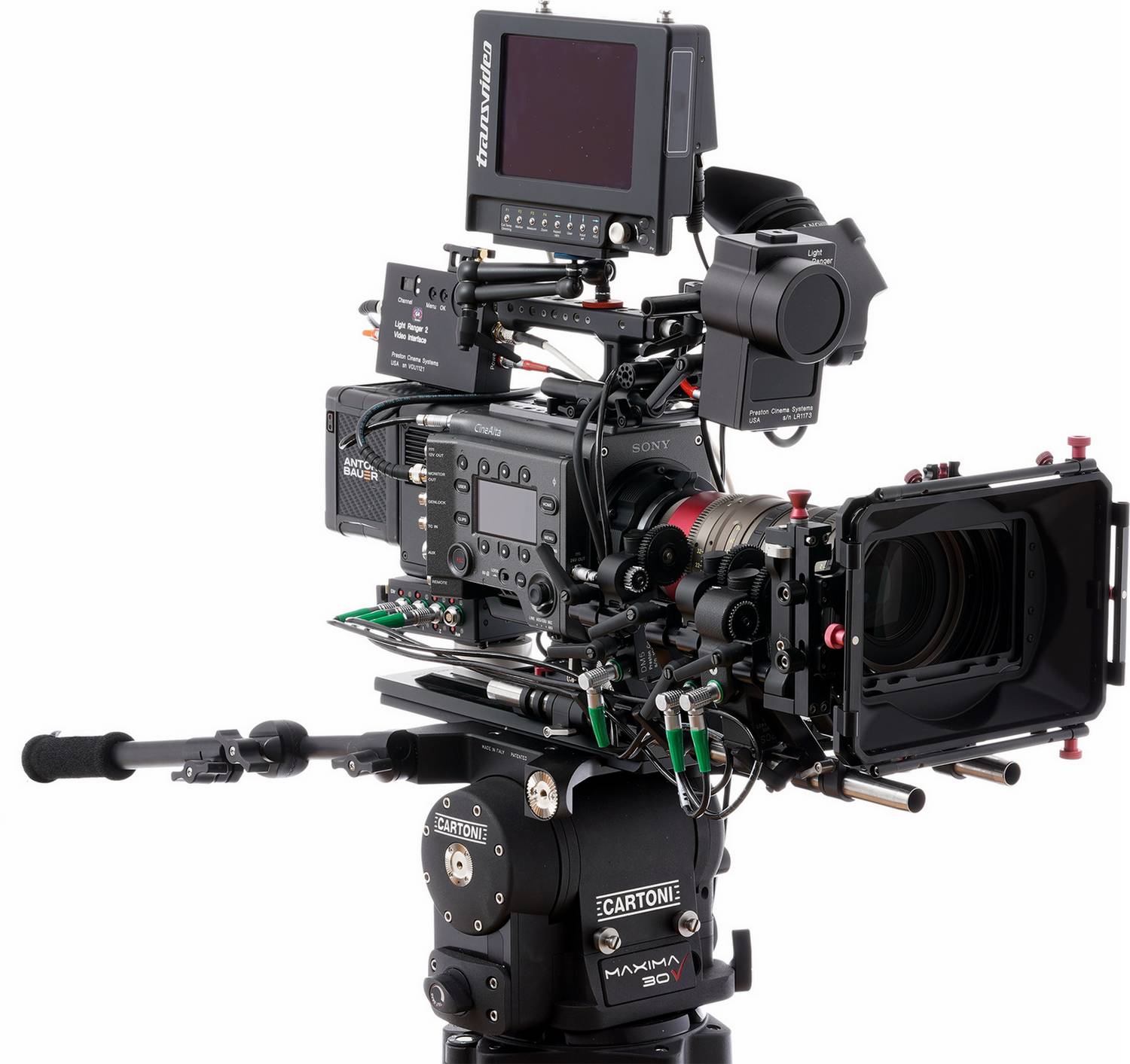 (I hope they bought the extended warrantee.)
Let's start with the basicsA zoom is a cinematic move It has a start and a finish and a time and an optional soft start and stop It can be set up and refined by the director or cinematographer Rehearsed and refined Repeatable for multiple takesDescription of a zoom: Framing the start (focal length) Framing the finish (focal length) Time the zoom will take (seconds) Soft start and stop (optional)Note that zoom moves include a time element that requires a computer The optional soft start and stop make the zoom blend in This move is timed at 30 seconds to match the actor's speech in the script. There will be a soft start and stop. Crew sets up camera in the approximate position Cinematographer/director sets the framing for the start of the zoom Cinematographer/director sets the framing for the finish of the zoom Toggle back and forth to check framing Adjust the camera position if necessary Set the time for the zoom (in seconds) to match the storyboard Add soft start and stop Run the zoom several times to get a feel for it Rehearsal - run the zoom during the actor's speech Adjust timing, if necessary, to match the speech Make the shot, with retakes if necessary A gubernatorial candidate promises to put drug dealers in jail for life. How to show this in a 30-second TV commercial? Have the drug dealer, in a jail cell, reach old age during a 30-second pullback. The first zoom shot was of the drug dealer at his current age. Then he held that pose while makeup was added to age him a little. Then another zoom. This was repeated seven times, with the makeup getting more extreme at each take. In the editing, sections of the different takes were spliced together.The subject aged fifty years during the 30-second pullback zoom. Once you have a programmable, repeatable zoom lens, you can combine it with other programmable equipment, such as programmable pan heads.Multi-moves - Programmable zoom used with other programmable equipment. A pan move, combined with a zoom -- Pazoom! 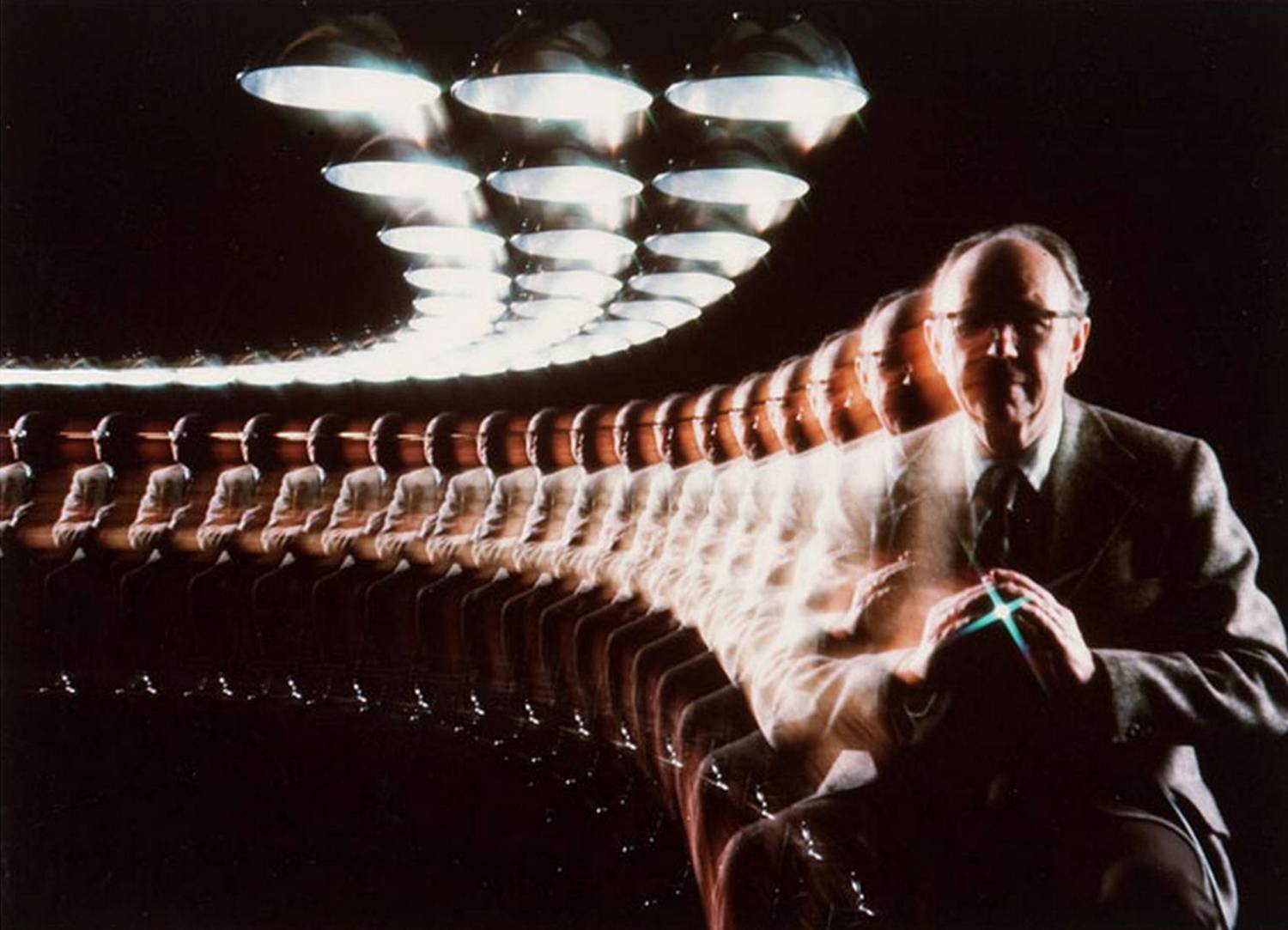 Dr. Harold Edgerton, inventor of the electronic flash, photographed by Ben Rose, using a programmable, multi-axis system I designed and built in 1977. It had pan/tilt/zoom/strobe, controlled by a digital computer using a programming language that I wrote.
What the Zoom Puller does (pending union approval): The zoom puller will be an expert in zoom shots, and in choices of zoom lenses to create different effects. There are lots of zoom lenses out there, waiting to be programmed, and the zoom puller must be familiar with all of them.The zoom puller will also be knowledgeable about the zoom controllers from different manufacturers and their characteristics and use.This is a bare-bones look at zoom pulling. The role will evolve as knowledge about this new area of cinematography grows.
Responsible for all equipment specifically related to zooming. Set up and calibrate zoom-related camera equipment. Assist in setting up zoom shots. Run the zoom during takes. 
Copyright 1957-2023 Tony & Marilyn Karp
|
Web Site Design
Systems Design
The Future
About
Recent Entries
|
||